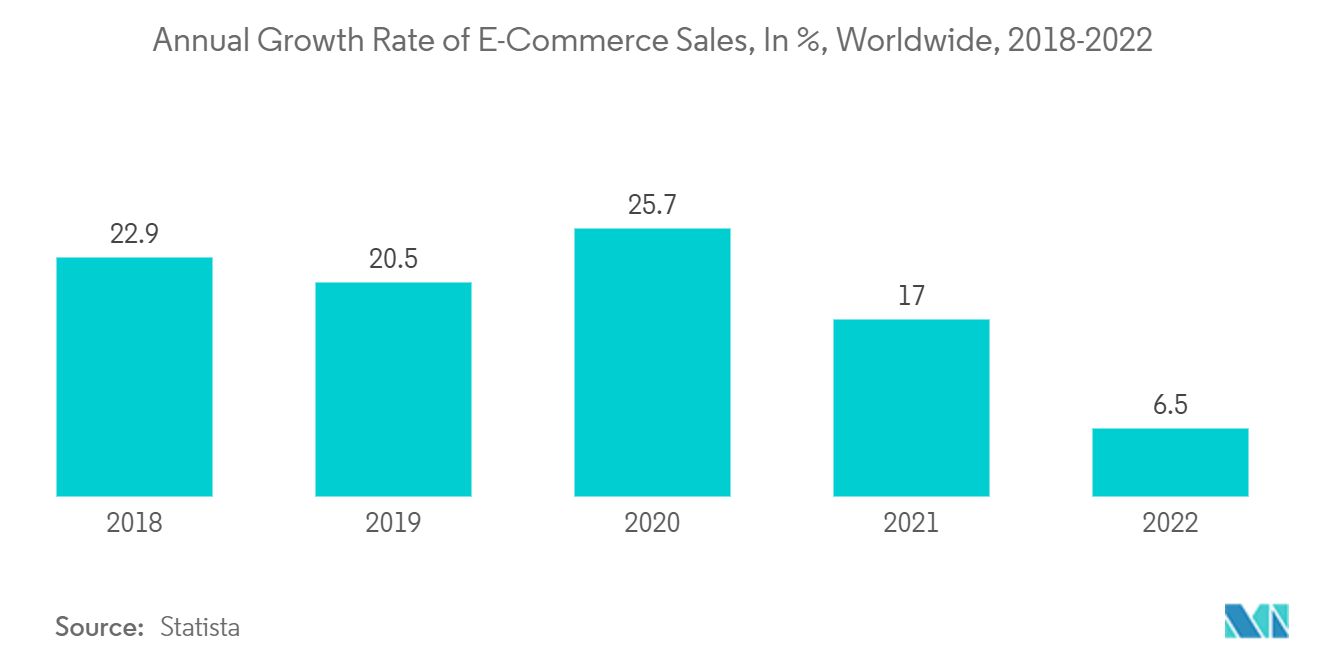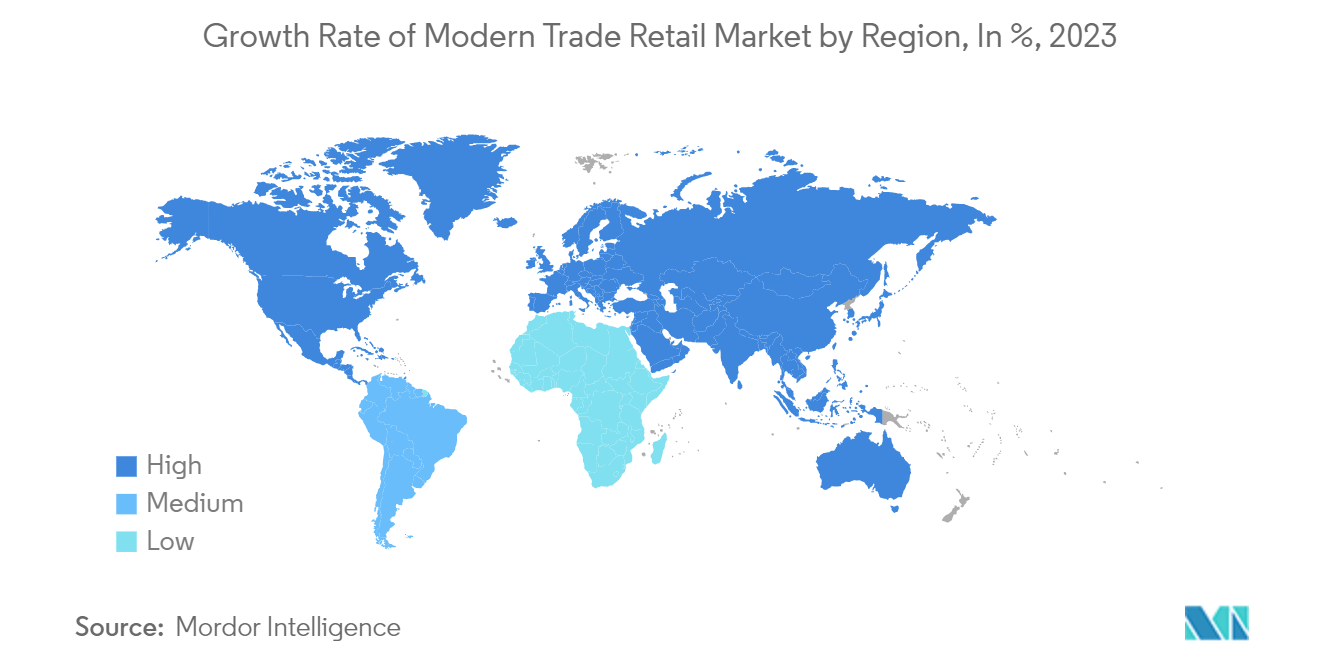Market Trends of Modern Trade Retail Industry
Emergence of Omnichannel Retailing is Driving the Market
In the current global retail sector, omnichannel retailing is the term used to describe the blending of multiple offline and online channels to offer customers a consistent and simple purchasing experience. The main aim is to create a brand experience for customers across all platforms and touchpoints, such as physical stores, websites, mobile apps, social media accounts, and more. Customers can interact with the retailer through a variety of channels and smoothly transition between them when they shop omnichannel. Customers can purchase things via a smartphone app, explore them online, and then decide whether to have them delivered to their homes or pick them up from a physical store.
Retailers strive to deliver a consistent brand experience across all channels. This involves maintaining the same branding, promotions, price, and messaging at all touchpoints. The objective is to build a cohesive brand identity and uphold a solid rapport with clients. The focus of omnichannel retailing is to make the customer journey as smooth and convenient as possible. This involves ensuring that customers can easily navigate between channels, have access to real-time inventory information, and choose their preferred fulfillment options (e.g., home delivery, in-store pickup). Customers' expectations for a smooth and customized purchasing experience in the contemporary trade retail industry are driving the importance of omnichannel retailing. Retailers may increase revenue, foster enduring client loyalty, and improve customer happiness by implementing an omnichannel strategy.

Asia-Pacific Leading the Market Driven by Increase in Disposable Income
In recent years, Asia-Pacific's modern retail trade market has grown significantly in terms of demand. Rising disposable incomes, urbanization, shifting consumer preferences, and the expansion of e-commerce are some drivers driving the market. Some of the world's fastest-growing economies, such as those of China, India, and Southeast Asia, are in Asia-Pacific. Modern retail formats, including supermarkets, hypermarkets, and specialized stores, are in more demand as consumer sophistication and income levels rise.
The rise of the modern retail trade sector in Asia-Pacific has been significantly aided by the growth of e-commerce. Customers are increasingly resorting to online shopping for convenience and a greater selection of goods as smartphones and the internet become more widely used. To meet this increasing demand, a large number of modern retail trade companies are extending their footprint in the Asia-Pacific region. For instance, Flipkart, one of the biggest e-commerce businesses in India, has had a majority investment from Walmart. Additionally, Amazon has been making significant investments in this region, growing its footprint in nations like Japan and India. Overall, rising incomes, shifting customer preferences, and the expansion of e-commerce are likely to fuel the modern retail trade market's rise in Asia-Pacific in the years to come.


